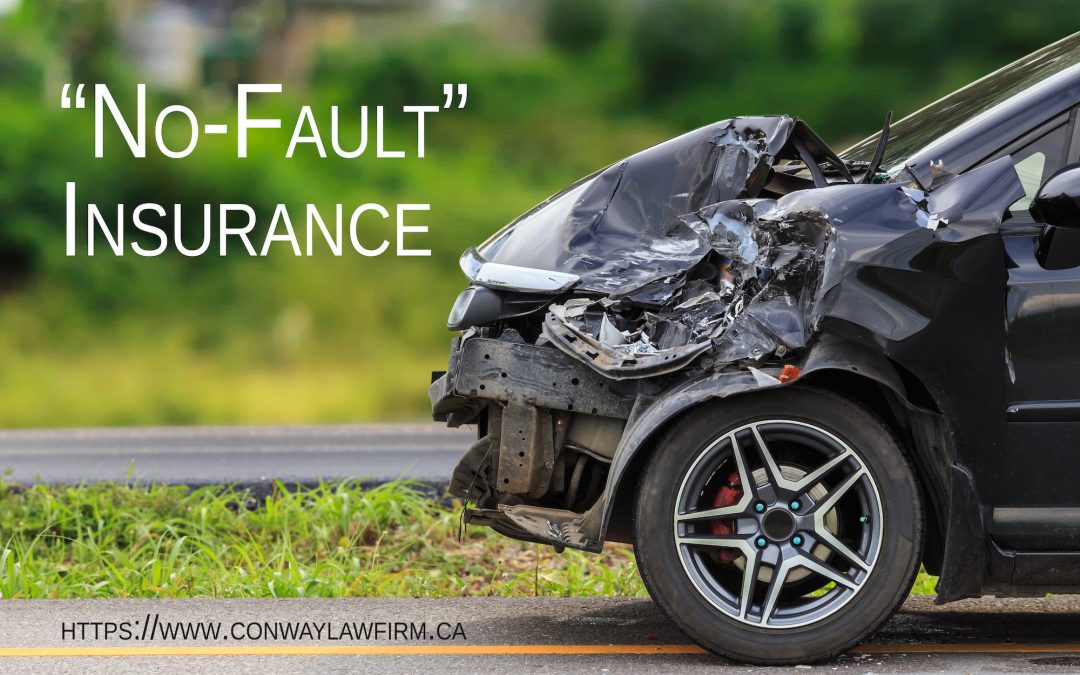No-fault insurance, also known as personal injury protection (PIP) insurance, is a type of car insurance that covers medical expenses and lost wages for the policyholder and their passengers regardless of who was at fault in an accident. While no-fault insurance can provide some benefits, there are also several arguments against it.
One argument against no-fault insurance is that it can lead to higher premiums for policyholders. Because no-fault insurance covers the policyholder’s own injuries and damages regardless of fault, it can lead to higher premiums compared to traditional liability insurance, which only covers damages and injuries that the policyholder is found to be at fault for.
Another argument against no-fault insurance is that it can limit the ability of policyholders to seek compensation for their injuries and damages. In a no-fault insurance system, policyholders cannot sue the at-fault driver for their injuries or damages, even if the damages are severe. This can leave policyholders with limited options for seeking compensation for their losses.
Additionally, no-fault insurance may not fully cover the costs of medical expenses and lost wages, leaving policyholders with significant out-of-pocket costs. This can be especially burdensome for those who have sustained serious injuries in an accident.
Finally, some argue that no-fault insurance may not provide adequate incentives for drivers to be careful on the road. In a traditional liability insurance system, drivers have a financial incentive to drive safely in order to avoid causing accidents and incurring costly damages. In a no-fault system, this incentive is reduced, which could lead to more reckless driving and potentially more accidents.
Overall, while no-fault insurance can provide some benefits, such as quick access to medical care and lost wages, it also has several drawbacks, including higher premiums, limited options for seeking compensation, and potential lack of incentives for safe driving.
